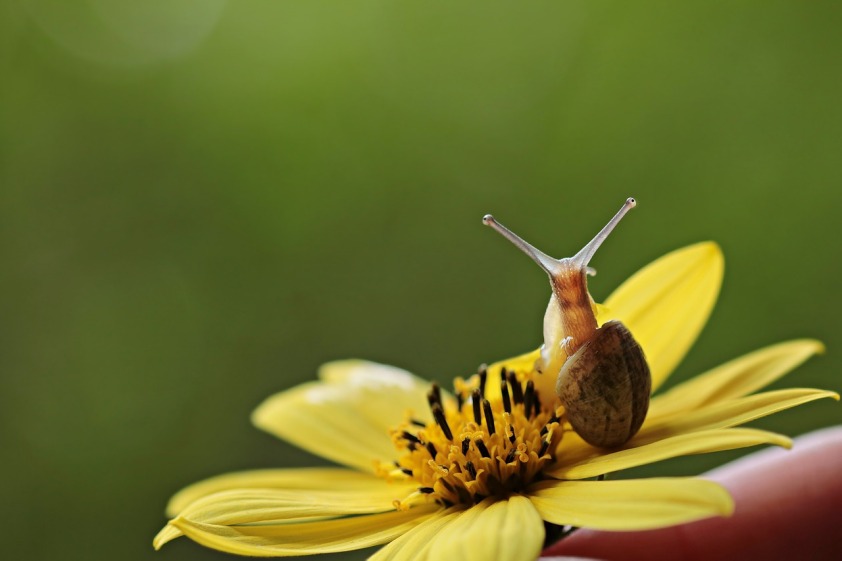
Well, hello! It has been a while since I’ve made an appearance in your inbox. I’ve missed sharing this space with you!
If entering this holiday season has you feeling a bit unsure or anxious or if you are feeling the need for a refresh, today I am sharing some simple but impactful ideas for incorporating some meaningful practices into your holiday and other annual traditions…
Many traditions are carried out throughout the year – holiday traditions, unique family traditions, community traditions. Many of those traditions have been altered this past year and will continue to be. While this might bring about feelings of sadness or loneliness, it also can be an opportunity to create some new traditions.
A growing body of science supports what we have known anecdotally for some time: time spent in nature makes us feel better. I’ll take more doses of that any time. How about you? Here are some ideas to consider if you’d like to incorporate some nature traditions into your life:

Go for walk after a holiday meal (or any meal, really). Generally, once holiday meals have been eaten, family and friends sit and socialize. For many, this will not be a possibility this year and it may be helpful to find a replacement activity. No matter the temperature, going for a walk after a large meal not only helps with digesting all that food, the fresh air and vitamin D will help boost your mood and energy. Being mindful of noticing the nature around you and appreciating the beauty you see will heighten your experience even more.

Make decorations from found nature. Wreaths, garlands, ornaments, center pieces… there are so many decorations that can be incorporated into annual celebrations. They don’t have to be just for holidays or special traditions. Give every day a little sprinkle of sparkle by adding special seasonal touches throughout your home. Crafting with found nature is budget-friendly, encourages us to get outside and notice nature, and is environmentally friendly. Studies also show that crafting has some health benefits including relieving stress, reducing anxiety, and boosting self-esteem and a sense of accomplishment.

Press leaves. Did you do this as a kid? I remember rounding up our heaviest books, putting newspapers between pages and anxiously awaiting the final, flattened results. Ah… fond memories! What do you do with those pressed leaves? Well, you can certainly find some ideas online but perhaps it’s enough to leave it as a seasonal tradition that gives rise to fond nostalgia.

Snail mail photos of nearby nature to loved ones. Bring your camera along for one some of your walks or when you head out to collect found nature and snap some photos of your favorite sights. Whenever you mail a card to a loved one in celebration of a special tradition, tuck one of your photos inside or print some as postcards and brighten some people’s day. What a nice surprise it is to find happy mail in your box!

Start a nature journal. A nature journal can be as simple as jotting notes in a blank notebook or writing a quick observation on a calendar (this is a wonderful option). You could add sketches/paintings, photos, poetry, and whatever else strikes your fancy. Perhaps you could start a collective journal with your household members. Another option is to keep a digital journal to share with friends and family all over who could also contribute their observations.
Keeping a nature journal helps deepen your connection with nature and learn seasonal rhythms. It also makes a wonderful keepsake to pass down to family.

Decorate a tree or bush for the birds. Food supplies for our feathered friends are dwindling this time of year and setting up feeders helps them out. Turn it in to a fun tradition by choosing a tree or bush to decorate with popcorn and dried berry or fruit garland, pine cone feeders, and whatever else you can think of. This makes a lovely winter solstice activity.

Go on full moon walks (yes, even in the colder months). Some of our senses become more heightened and others won’t be as strong. You’ll see sights you don’t often get to and possibly hear unique sounds (or even a wonderful silence). It’s an experience you’ve got to try.
Whether it’s in your neighborhood or in a park, on pavement or on a trail, make sure you are prepared:
- Bring a flashlight or headlamp. It’s so much more fun to use it only when necessary but if you’d prefer to leave it on, try covering the lens with red cellophane to help your sight stay adjusted to the dark.
- If you walk a trail, know where it goes and tell someone where you’re headed. Take extra precaution or avoid wooded trails altogether during hunting season.
- Wear reflective gear.
- Be aware of traffic.

Bring nature inside. One tradition that can be very enjoyable is creating a nature display and changing it out with the shift in seasons. The first day of each season is the perfect time for a refresh. Preparing your collected nature provides and opportunity for reflection on experiences and personal connections to nature. There are also some health benefits to bringing a bit of outdoors inside. For children, collecting and displaying nature finds is an affirmation of their interests and provides opportunity for further inquiry and connection.
If you incorporate nature into your traditions or will be trying some of these ideas, please do share in the comments.
Wishing you health & happiness!
Fondly,
Monique











































